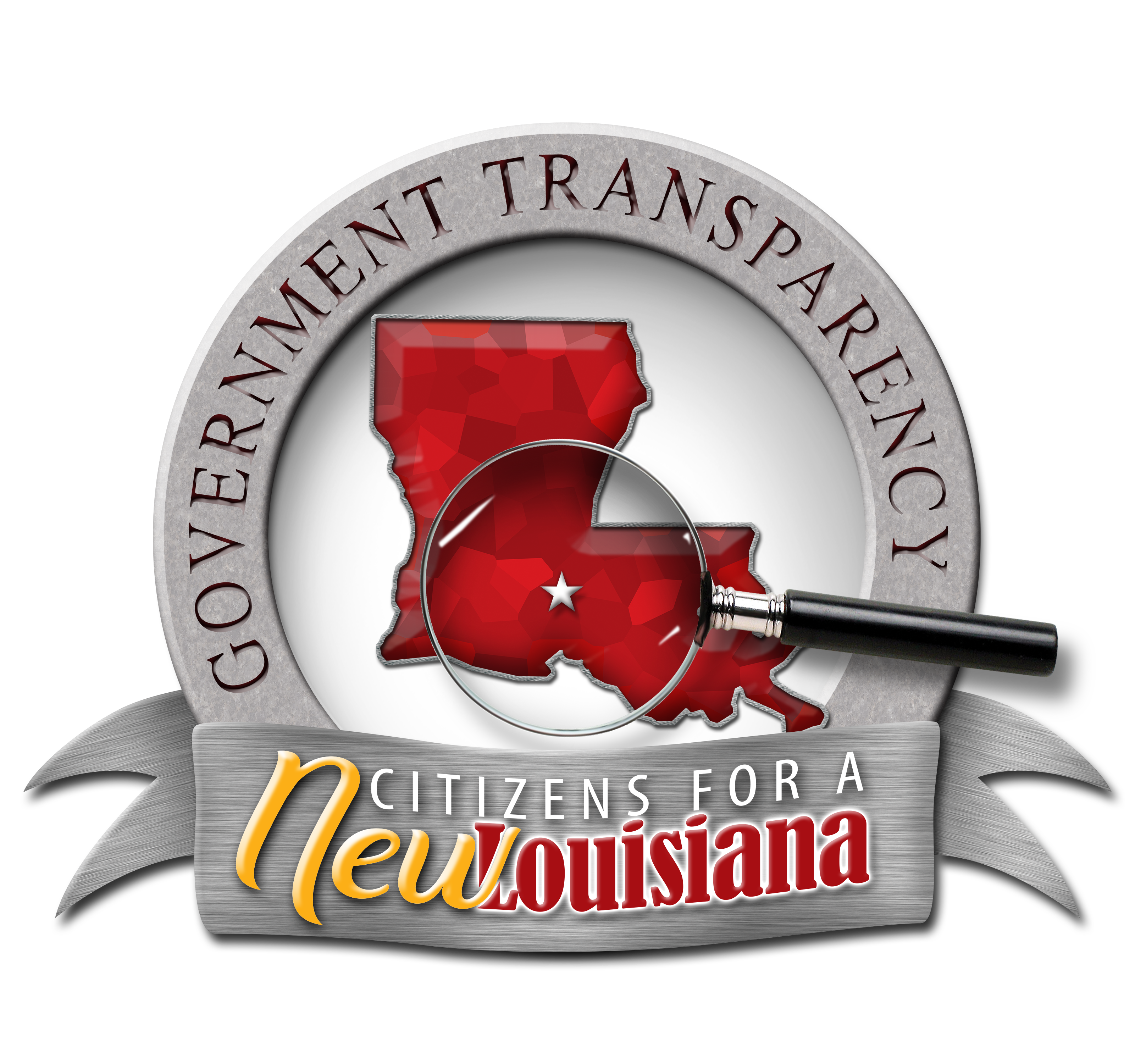How can we finally change Louisiana? Tracking frivolous spending in our state’s Capitol has been challenging for a long time. That’s because Louisiana’s Huey Long culture operates best under the cover of darkness. It’s much more difficult to rein in spending if the public cannot quickly identify the responsible party. Sometimes, a problem is so unique that the best solution is to dust off and put on my old programming hat.
Louisiana’s long history of spending every penny creates other problems, too. Governments removing money from the economy through taxation makes things more expensive, driving inflation. Then they nickel and dime that money away on foolish items like band uniforms, sports complexes, and even funneling tens of millions to nonprofits. We addressed some of this in our recent article, Louisiana’s Hidden Culture War: Ending a Century of Wasteful Spending. However, that article merely sets the table for information that could finally change this culture of wasteful spending.
So what’s going to change Louisiana?
Our last article explored a few specific spending cases that should raise eyebrows, specifically $1.5 million going to Cleo Fields’ nonprofit, “Leadership Institute.” Another shocking expenditure was $2,496,000 to the Lake Shore Indians Booster Club, of all places. That article was popular enough to be republished on the Louisiana Hayride and landed me an interview on Moon Griffon, Echols at Eight, and the Ross Report.
In an earlier article, Louisiana’s Missing $306 MILLION: Where Did It Go?, we explored $306 million worth of cooperative endeavor agreements from the previous term of Louisiana’s legislature. In this follow-up, we’ve dug deeper into that spending stack to show you more detail—not just who got it but perhaps who sent it, too.
The process to change Louisiana.
Over the last several weeks, we’ve attempted to get more information on as many public-dollar beneficiaries as possible. At first, that was mostly their domicile address. We also spot-checked a few of the organizational board members. What we identified from that review is too voluminous for one article. So, we plan to share more of that information as our limited time and resources permit.
To compile this data, we had to make limited records requests to the Treasurer’s office, search the Louisiana Secretary of State’s business database, and even make a few runs through the Louisiana Checkbook. The SOS website search becomes incrementally more difficult with each search performed. Toward the end of our latest round of research, we had to do the robot check images four or five times for each result. Suffice it to say, this research took us a while to get to this point—with much more left to do. If you want to help us accomplish this task, become a sustaining donor or join as an official member.
Are you ready to help? Here are some more ways you can get involved.
Now, empowered with some addresses, it was time to tap into my unique talents. As a computer programmer and full-stack developer, I turned to technology to cut through the secretive legislative process. That big secret is identifying which legislators are most likely responsible for overspending our tax resources. That’s where we’ll be shining our little flashlight today. This programming work will also help quickly identify whose districts receive future frivolous spending.
Sunshine is the best medicine.
Since we started raising the issue of fiscal cliffs empowering wasteful spending, several other organizations have joined our cause to change Louisiana. However, none of them have shown you the detail I’m about to show you. The difficulty is in finding legislative districts into which the money is going. Remember, though, this data is compelling but not perfect. Louisiana’s Hidden Culture War: Ending a Century of Wasteful Spending mentions that we sometimes ship money to out-of-state non-profits! Determining which legislator was responsible would be tricky because those are way out of everyone’s district.
So, here’s our list of taxpayer support for various organizations. 👈 That was a link, by the way. Click on it to see the list. No small effort was required to accomplish what’s in this deceptively simple spreadsheet. First, I had to add and combine payments for the same organization because the pins on the map would overlap and be impossible to select. Then, I programically geocoded the addresses to a latitude and longitude. Another script was employed to interpret which legislative district boundaries those addresses matched spatially. To make things more complex, the spending data is from last term. That means, to be accurate, the district boundaries were not from the current redistricting plan of the 2020 census but the previous one from 2010.
Once all that was done, it was necessary to spot-check them with an actual map. The map I used for that appears at the bottom of this article. Feel free to check it out for yourself. For the map to be accurate, I also had to account for the names of those old Representatives and Senators. All of that had to be recreated: the old district boundaries and the legislators’ names representing those districts. It was quite an undertaking.
Now what?
Knowing that the government is your employee, it’s also important to realize that employees work better when they know they’re being watched. In the coming weeks, we’ll examine some of the recipients on this list more closely. For now, though, just me telling you (and everyone else) that we’re looking might be enough to change Louisiana by deterring this kind of foolishness in the future.
Better things can happen if we stop wasting money on frivolous pork projects. How can we pay for things so big that nearly every resident in the state of Louisiana agrees that it should be a priority? A new bridge over the Mississippi River in Baton Rouge, for example. How about all of the money required for the various studies that must be completed before we can even request funding for a new I-10 bridge in Calcasieu Parish? At this point, Louisiana’s elected officials should realize that until they stop nickel and dime spending on band uniforms, parks, non-profits, and all kinds of other frivolity, they will never be able to save enough money to make significant and desperately needed investments in infrastructure.
If you’re an elected official, don’t worry. You don’t have to stand alone. I will be your excuse. Blame me and my little flashlight next time someone asks you for a million dollars for a new dog park. That’s what I’m here for. It also reminds me of another of our founding principles: “We take the heat so you don’t have to.” Welcome to a New Louisiana.
Map data projection that could change Louisiana.
Here’s the same spreadsheet data “projected” in map format. Remember, you can toggle between House and Senate maps. To do that, find the map options toggle icon in the top-left corner.
Is showing you where and who is likely responsible going to be how we finally change Louisiana’s terrible culture of frivolous spending? One thing’s for sure: shining our little light into the dark corners of Louisiana has already made such tremendous change that we know our transparency formula works. Will you help us continue this vital work? Be sure to chip in or partner with us to keep our flashlight bright. You can also keep our batteries fresh with tax-deductible gifts.
###








